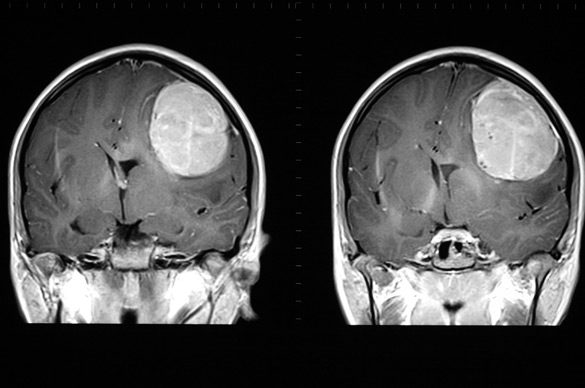A tumor is an abnormal growth of tissues. How such a growth is treated will depend on several factors, such as the size and location of the tumor and whether it is malignant (cancerous), pre-malignant (precancerous), or benign (non-cancerous). Some tumors are problematic because of their location, as is often the case with tumors located in the brain or along the spinal cord. In such situations, removal of the tumor is often recommended if it is safe to do so.

Steps Before Tumor Removal
Initial treatment of a tumor may involve multiple chemotherapy sessions, radiation therapy, and biological therapy. Before removal is considered, patients often undergo a biopsy to determine the nature of the tumor. During a biopsy, a small piece of tissue is removed and examined to determine the type of tumor involved and identify any other unusual abnormalities and characteristics.
Why a Tumor is Removed
Reducing the size of the tumor may make it more responsive to chemotherapy and other treatments if it is malignant. Even with non-cancerous tumors, the mass may need to be “debulked” to protect nerves and other sensitive tissues and structures. Tumors may also be removed when:
- Parts of the brain related to physical and cognitive functions are affected.
- Nerve roots near the spinal cord are being compressed.
- The tumor itself is benign and harmless but in a location where its appearance is distracting (for cosmetic purposes).
- The tumor is in a child and affecting growth and development.
How a Tumor is Removed
Image tests are usually performed to determine if anything has changed about the tumor prior to surgery. An incision is made in the affected area and special instruments are used to physically remove the tumor without harming nearby structures. If the entire tumor cannot be removed because of its location and size, part of the tumor may be surgical removed (cytoreduction).
With malignant tumors, tissues around the tumor (the margin) are often removed as a precaution to reduce the risk of leaving any traces of the tumor behind. These tumors are often removed with block resection techniques, such a removing the tumor as one piece, and no-touch techniques where contact with cancerous tissues is avoided to prevent spreading.

Recovery from Tumor Removal
Tumor removal is usually considered successful if the entire tumor can be safely removed or if enough of a benign tumor was removed to relieve pressure on nearby nerves. Recovery from tumor removal will depend on where the tumor was located, whether it was benign or malignant, and how it affected the patient prior to removal. Patients are monitored afterwards to determine if related symptoms have disappeared or subsided.
Benign tumors only grow in one place and are not likely to return after removal and won’t spread to other parts of the body. Some tumors, especially those that are malignant, may come back if tiny cells, called seeds, spread to nearby areas where the original tumor was located. With careful post-surgery monitoring and appropriate follow-up treatments, the risk of a tumor returning after removal can be minimized.
